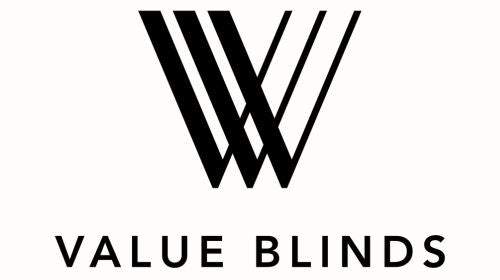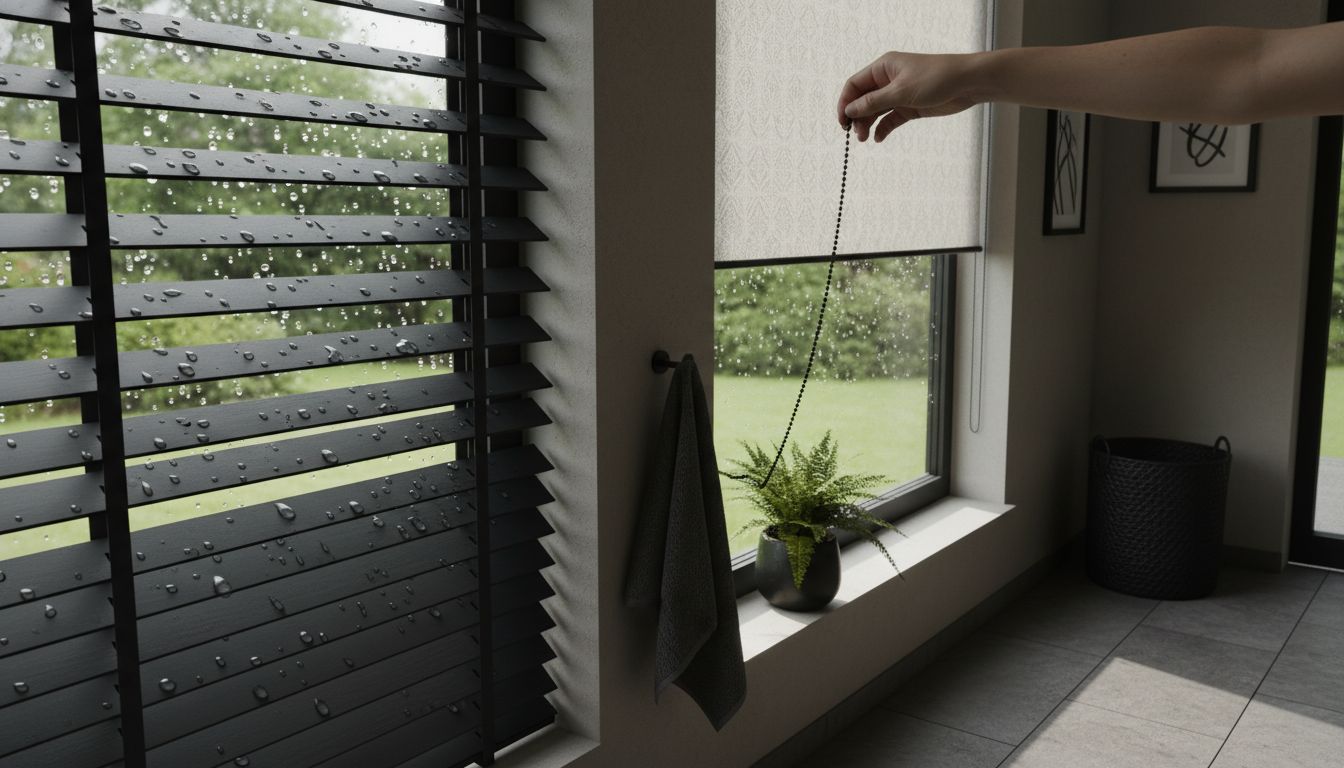Article: The Essential Guide to Remote Controlled Window Shades
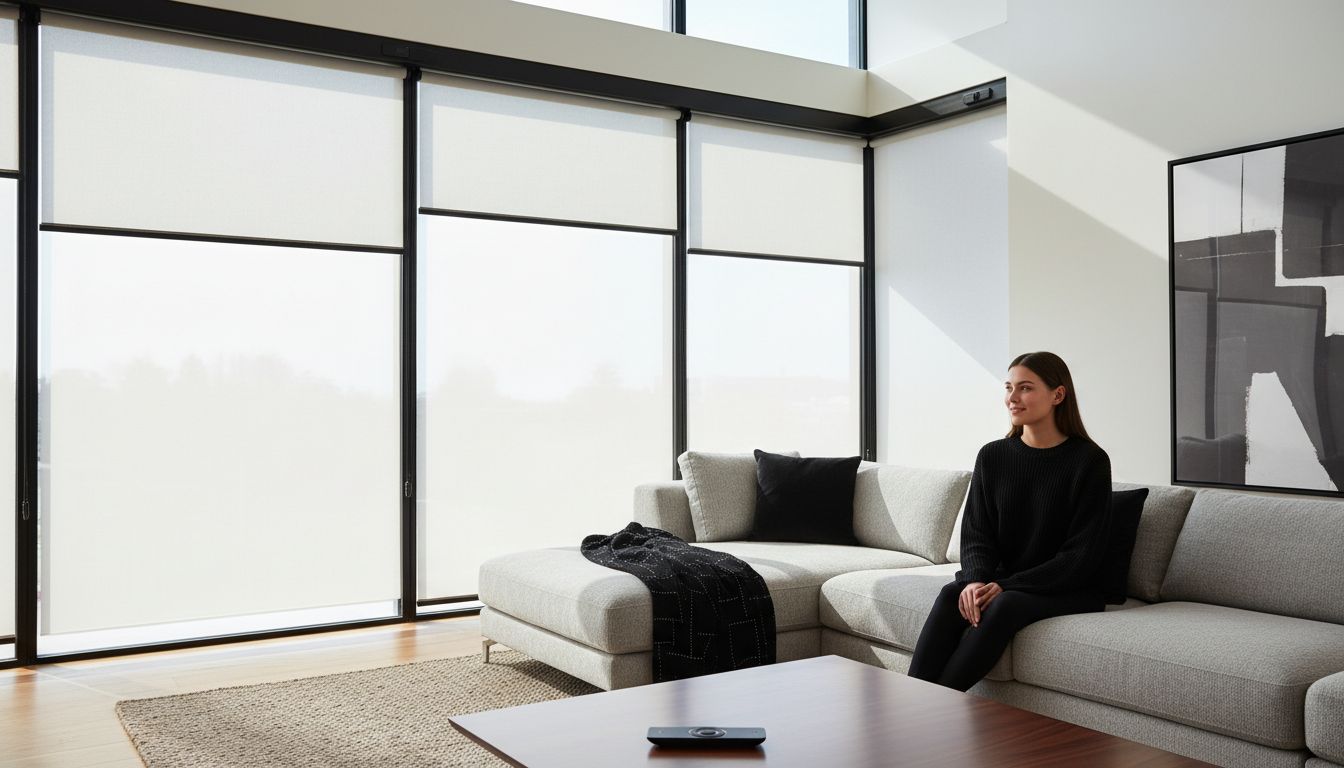
The Essential Guide to Remote Controlled Window Shades
Did you know that over 40 percent of new homes now feature motorized window shades? This trend is changing how people manage light, privacy, and comfort in their living spaces. Remote controlled window shades not only simplify daily routines, they also make high or hard-to-reach windows easy to operate. With options for smart integration, energy savings, and hassle-free setup, these shades bring a new level of control and efficiency to any home.
Table of Contents
- Remote Controlled Window Shades Defined
- Major Types and Operating Mechanisms
- Key Features and Smart Integration Options
- Installation Process and Practical Use Cases
- Cost Factors and Maintenance Considerations
- Comparing Alternatives: Manual vs. Motorized Shades
Key Takeaways
| Point | Details |
|---|---|
| Convenient Control | Remote controlled window shades offer ease of light management through wireless operation, ideal for hard-to-reach areas. |
| Smart Integration | Advanced models integrate with smart home systems, enabling features like voice control and automated scheduling. |
| Diverse Options | Various types of motorized shades, such as roller and venetian, cater to different aesthetic and functional needs. |
| Installation Flexibility | Installation can be DIY or professional, with options that require minimal modifications to existing treatments. |
Remote Controlled Window Shades Defined
Remote controlled window shades are sophisticated motorized window coverings designed to provide convenient and effortless light control with the simple press of a button. According to research from aeroshadeco.com, these advanced window treatments rely on infrared or radio frequency signals to manage their movement, offering basic functions like opening, closing, and stopping.
These innovative window coverings are particularly ideal for challenging areas where manual operation would be difficult, such as high windows, skylights, or large expansive glass surfaces. As insights from mysunglow.com suggest, remote controlled shades allow homeowners to manage multiple window coverings simultaneously from a single device, transforming how we interact with our living spaces.
The key features of remote controlled window shades typically include:
- Wireless operation from anywhere in the room
- Precise positioning and movement control
- Integration with smart home systems
- Reduced physical strain from manual adjustments
- Enhanced accessibility for individuals with mobility challenges
While standard remote control models offer basic functionality, more advanced versions can be integrated with home automation systems, providing even more sophisticated control and convenience for modern homeowners.
Major Types and Operating Mechanisms
Electric window shades come in several sophisticated motorization styles, each offering unique advantages for home and office environments. According to research from Somfy, electric blinds encompass multiple types including roller, venetian, roman, and pleated designs, all engineered for quiet and precise operation.
The primary operating mechanisms for remote controlled window shades can be categorized into three distinct technologies:
Here’s a comparison of the key operating mechanisms for remote controlled window shades:
| Mechanism | Control Method | Range | Integration Level |
|---|---|---|---|
| Radio Frequency (RF) | Handheld remote | Long, no line of sight | Moderate (multiple shades) |
| Infrared (IR) | Handheld remote | Short, line of sight | Basic |
| Smart Home Integration | Smartphone app Voice commands |
Whole house/cloud | High (scheduling, scenes) |
- Radio Frequency (RF): Provides long-range control without direct line of sight
- Infrared (IR): Requires direct line of sight between remote and shade
- Smart Home Integration: Allows control via smartphone apps or voice commands
Each shade type offers unique functional characteristics. Roller shades provide sleek, minimalist coverage, while venetian blinds allow more granular light control. Roman shades add elegant fabric aesthetics, and pleated shades offer compact, lightweight design. These motorized options can be powered through rechargeable batteries, hardwired electrical connections, or solar charging systems.
For homeowners seeking ultimate convenience, advanced models now support interconnected systems that enable synchronized movement, scheduling, and even environmental response capabilities like automatic adjustment based on sunlight intensity or temperature.
Key Features and Smart Integration Options
Smart window shades represent the pinnacle of home automation technology, offering seamless integration and advanced functionality beyond traditional window coverings. According to research from Beasenhome, these innovative window treatments deliver energy-efficient designs with smooth motorized operation and compatibility with major smart home platforms.
The key smart integration features typically include:
- Voice control through Amazon Alexa, Google Home, and Apple HomeKit
- Smartphone app management for remote access
- Automated scheduling and scene programming
- Geofencing capabilities for automatic adjustments
- Energy consumption tracking and optimization
As insights from Aeroshadeco reveal, smart motorized shades can be programmed to create complex automation scenarios. Homeowners can now set precise schedules, create custom scenes that adjust multiple shades simultaneously, and even integrate environmental sensors that respond to sunlight, temperature, or time of day.
Advanced models offer sophisticated machine learning capabilities that adapt to your preferences over time, potentially reducing energy costs and enhancing home comfort. These intelligent window treatments can automatically adjust based on your daily routines, providing an unprecedented level of convenience and efficiency in modern home management.
Installation Process and Practical Use Cases
Remote controlled window shades offer surprisingly straightforward installation options for homeowners of varying skill levels. According to insights from HomecruxBuying Guide, motorized smart shades can be customized to fit different window sizes, providing flexible solutions for diverse home environments.
Typical installation approaches include:
- DIY retrofit kits for existing window treatments
- Professional installation services
- Plug-and-play motorization adapters
- Hardwired electrical connection options
- Battery-powered motorization systems
As demonstrated by TechRadar’s review, some innovative solutions like the SwitchBot Blind Tilt can transform existing venetian blinds into smart systems in just 10 minutes, without requiring permanent modifications. This represents a game-changing approach for homeowners seeking convenient upgrades without extensive renovation.
Practical use cases span multiple environments, including:
- Home offices with hard-to-reach windows
- Bedrooms for automated morning light control
- Living rooms with large glass surfaces
- Rooms with direct sunlight exposure
- Spaces requiring privacy management
These versatile window treatments not only provide convenience but also contribute to energy efficiency by automatically managing solar heat gain and reducing HVAC system strain.
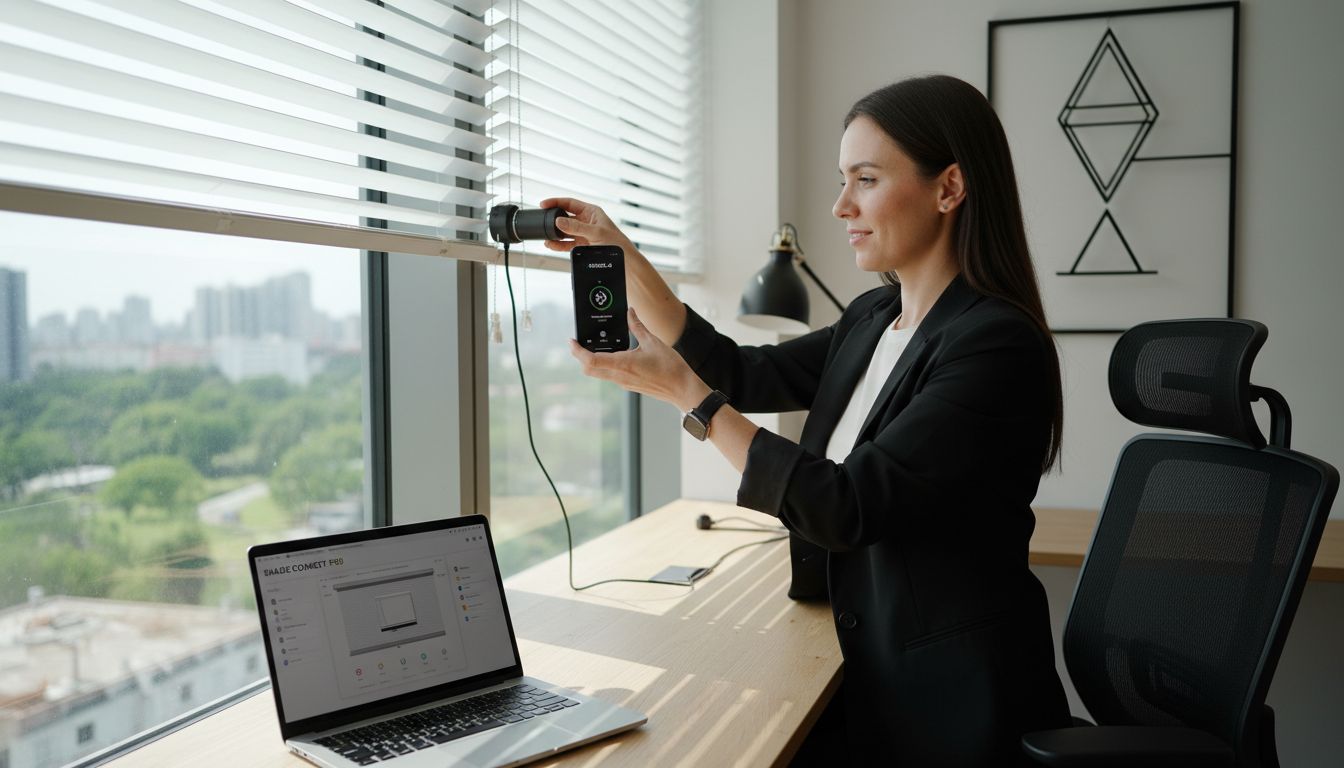
Cost Factors and Maintenance Considerations
Remote controlled window shades represent a significant investment with varying price points depending on complexity and features. According to research from Aeroshadeco, remote control shades offer more affordable options compared to fully smart motorized systems, providing a budget-friendly alternative for homeowners seeking enhanced window treatment functionality.
Typical cost considerations include:
- Initial purchase price of motorization system
- Installation expenses (professional vs. DIY)
- Battery or power source replacement costs
- Long-term maintenance and potential repair needs
- Compatibility with existing window treatments
As highlighted by TechRadar’s review, innovative solutions like the SwitchBot Blind Tilt demonstrate cost-effective alternatives, with devices priced around $69.99. These options provide an accessible entry point for homeowners interested in motorized window treatments without significant financial investment.
Maintenance requirements typically involve:
- Regular battery replacements for wireless systems
- Checking signal strength and remote connectivity
- Periodic lubrication of mechanical components
- Cleaning and dust management
- Software updates for smart-enabled systems
The overall cost-effectiveness of remote controlled window shades depends on balancing initial investment with long-term convenience, energy savings, and enhanced home functionality.
Comparing Alternatives: Manual vs. Motorized Shades
Window shade technologies present homeowners with two distinct operational approaches, each offering unique advantages and limitations. According to research from MySunGlow, manual shades require physical effort to adjust, while motorized options provide convenient remote control, particularly beneficial for hard-to-reach windows.
Key differences between manual and motorized shades include:
- Ease of operation
- Initial cost investment
- Accessibility features
- Smart home integration potential
- Long-term convenience
As insights from Aeroshadeco reveal, motorized shades offer superior integration with smart home systems, enabling automated scheduling and environmental responsiveness. Manual shades, while more cost-effective, lack these advanced technological capabilities and require direct physical interaction.
The decision between manual and motorized shades ultimately depends on individual preferences, budget constraints, and specific home environment needs.
Blinds vs. Shades: Which Window Treatment Is Best for Your Home explores additional considerations for homeowners evaluating window treatment options. Factors like room layout, window accessibility, budget, and desired level of technological integration will guide this important decision.
Experience Effortless Comfort with Remote Controlled Window Shades
Struggling to adjust hard-to-reach windows or craving seamless control over your home’s lighting and privacy Remote controlled window shades offer the perfect solution. These motorized options reduce physical strain and bring smart integration to your fingertips allowing you to enjoy convenience and energy efficiency every day. Discover how easy it is to upgrade your space with styles like roller, cellular, and roman shades that combine functionality with sleek design.
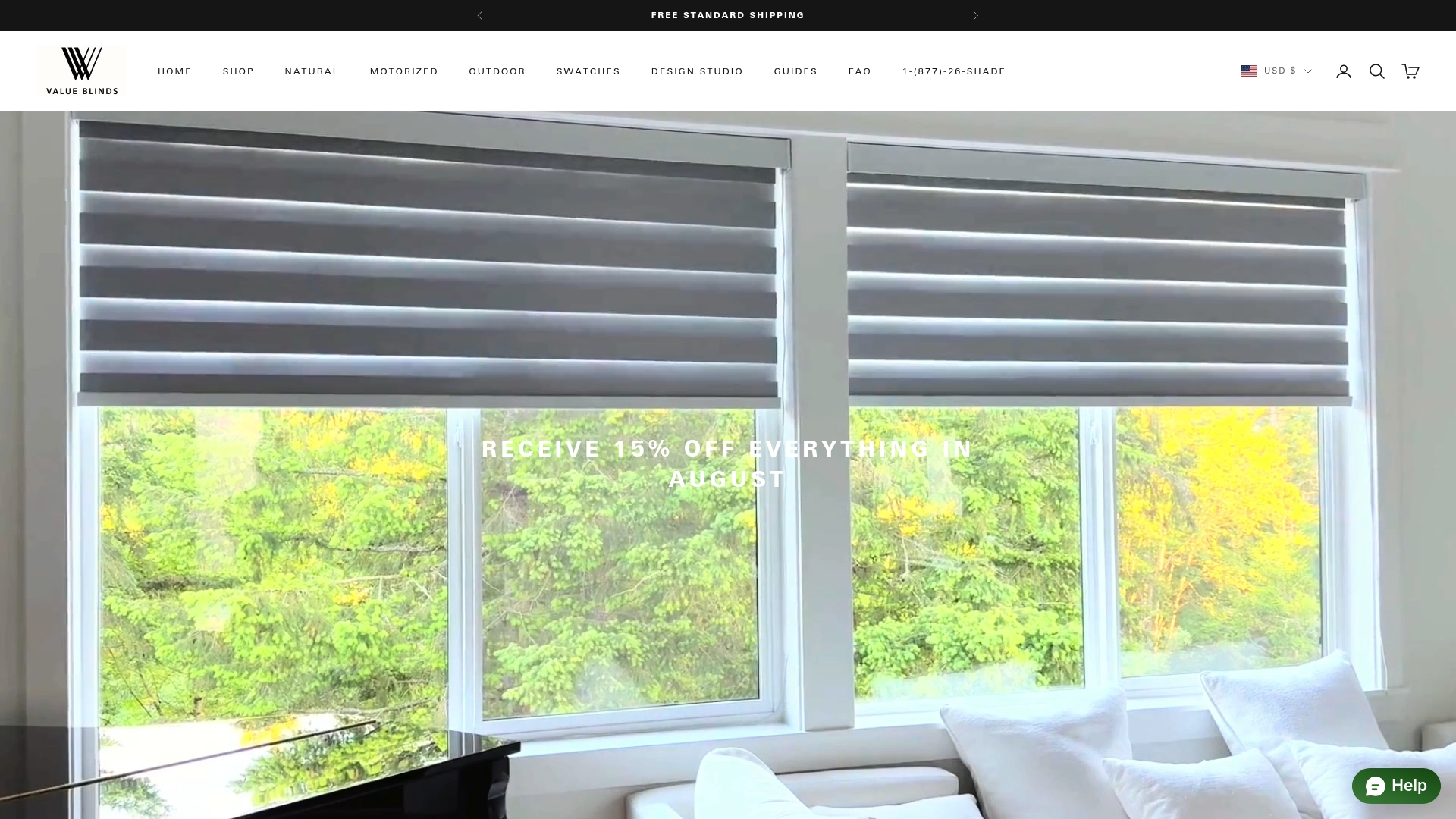
Explore our New Arrivals for the latest in motorized and cordless options crafted for effortless use and lasting quality. Whether you want simple remote control or full smart home compatibility Value Blinds supports you with free swatches expert guidance and flexible customization. Visit Value Blinds now to transform your home environment with custom window treatments that match your lifestyle. Don’t wait to bring modern ease and enhanced comfort to your home—start customizing your perfect remote controlled window shades today!
Frequently Asked Questions
What are remote controlled window shades?
Remote controlled window shades are motorized window coverings that provide effortless light control and privacy with the push of a button. They can be operated using remote controls, smartphone apps, or voice commands, allowing for easy adjustments without manual operation.
How do remote controlled window shades work?
These shades use infrared or radio frequency signals to operate. They can be controlled from anywhere in the room and offer features such as precise positioning, scheduling, and integration with smart home systems.
What types of remote controlled window shades are available?
Common types include roller shades, venetian blinds, roman shades, and pleated shades, each designed for different aesthetics and functionalities. Motorization options can include rechargeable batteries, hardwired connections, or solar power.
How do I install remote controlled window shades?
Installation can be straightforward, with options such as DIY retrofit kits, professional installation services, or plug-and-play motorization adapters. Some innovative solutions allow homeowners to transform existing blinds into motorized systems quickly without major modifications.
